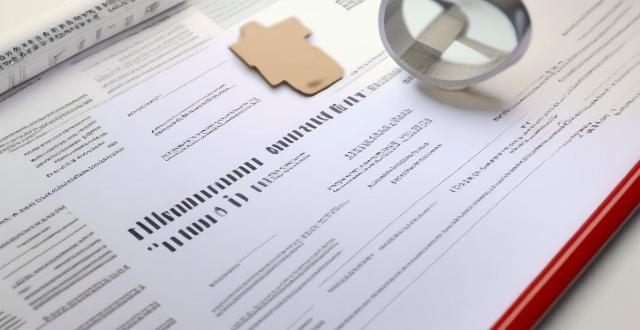In summary, a safety drill report is an essential document that provides a detailed account of the findings and outcomes of a safety drill conducted in an organization or facility. It includes key elements such as header information, purpose of the drill, participation details, drill procedures, performance assessment, findings & recommendations, and conclusion. The report also includes attachments and supporting documents such as photos/videos, attendance records, and emergency contact information. By incorporating these elements into a comprehensive safety drill report, organizations can effectively evaluate their readiness to handle emergencies and continuously improve their safety protocols.

Safety Drill Report
Introduction
A safety drill report is a document that summarizes the findings and outcomes of a safety drill conducted in an organization or facility. It is an essential tool for evaluating the effectiveness of emergency procedures and identifying areas for improvement to ensure the safety of employees, customers, and visitors.
Key Elements of a Safety Drill Report
Header Information
- Report Title: Clearly indicate the type of safety drill (e.g., fire, earthquake, active shooter) and the date it was conducted.
- Location: Specify the exact location where the drill took place.
- Date: Include the date of the drill.
- Time: Mention the time when the drill started and ended.
Purpose of the Drill
- Objective: State the primary objective(s) of conducting the safety drill.
- Scenario: Describe the hypothetical situation that was simulated during the drill.
Participation Details
- Participants: List all individuals or groups involved in the drill, including staff members, emergency responders, and observers.
- Roles & Responsibilities: Clarify the roles and responsibilities assigned to each participant before and during the drill.
Drill Procedures
- Preparation: Outline any preparation activities undertaken before the drill, such as briefings or equipment checks.
- Sequence of Events: Provide a step-by-step account of what transpired during the drill, from initiation to conclusion.
- Communication: Describe how communication was maintained throughout the drill, including any alerts or notifications sent.
Performance Assessment
- Successes: Identify aspects of the drill that were executed effectively.
- Challenges: Note any challenges encountered during the drill and how they were addressed.
- Feedback: Include feedback from participants on their experiences and suggestions for improvement.
Findings & Recommendations
- Findings: Summarize key observations made during the drill regarding adherence to safety protocols and procedures.
- Recommendations: Offer specific recommendations based on the findings to enhance future safety measures and drills.
Conclusion
- Summary: Conclude with a summary of the overall performance during the drill and its alignment with safety goals.
- Next Steps: Outline any follow-up actions or additional training required based on the outcomes of the drill.
Attachments & Supporting Documents
- Photos/Videos: Include visual evidence of the drill if available.
- Attendance Records: Provide records showing who participated in the drill.
- Emergency Contact Information: List emergency contact details for all relevant parties involved in the drill.
By incorporating these elements into a comprehensive safety drill report, organizations can effectively evaluate their readiness to handle emergencies and continuously improve their safety protocols.